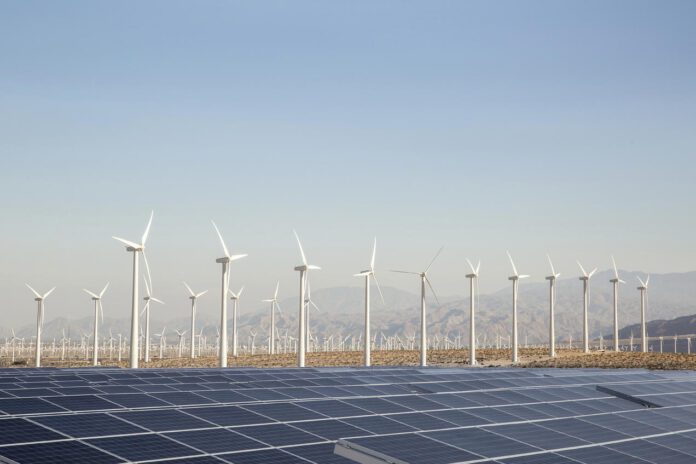Renewable energy sources have emerged as a viable solution to the growing energy demands of the world. With climate change becoming an increasingly pressing issue, it is vital to shift our focus towards sustainable and renewable energy methods. These methods offer long-term benefits and reduce our dependence on fossil fuels, which have been linked to the worsening climate crisis. In this article, we will explore some of the most promising methods for sustainable and renewable energy.
- Solar Energy
Solar energy is perhaps the most well-known method for sustainable and renewable energy. It involves harnessing the power of the sun and converting it into usable electricity. This is achieved through the use of solar panels or other solar technologies. Solar energy is clean, efficient, and abundant. It has the potential to meet the world’s energy demands several times over. Solar panels have become increasingly affordable, making solar energy more accessible to households and businesses alike.
- Wind Energy
Wind energy is another popular form of renewable energy. It involves harnessing the power of the wind and converting it into usable electricity using wind turbines. Wind energy is clean and efficient, and it has the potential to produce large amounts of energy. Wind turbines can be installed on land or offshore, making them a flexible energy source.
- Hydro Energy
Hydro energy is generated by the movement of water, usually from a dam or other source of flowing water. This energy is harnessed through the use of turbines, which convert the kinetic energy of the moving water into usable electricity. Hydro energy is a reliable and renewable energy source that has been used for centuries. It is particularly useful in areas with high levels of rainfall and flowing water.
- Geothermal Energy
Geothermal energy is generated by harnessing the heat from the Earth’s core. This is achieved through the use of geothermal power plants, which tap into the Earth’s heat and convert it into usable electricity. Geothermal energy is clean and renewable, and it has the potential to produce large amounts of energy. It is particularly useful in areas with high levels of geothermal activity, such as Iceland and New Zealand.
- Biomass Energy
Biomass energy involves the use of organic matter, such as wood chips, crop waste, and other plant-based materials, to produce electricity. This is achieved through the use of biomass power plants, which burn these materials to generate heat and electricity. Biomass energy is a renewable energy source that can be produced sustainably. It has the potential to provide a significant source of energy, particularly in rural areas.
In conclusion, sustainable and renewable energy methods offer a promising solution to the world’s growing energy demands. These methods are clean, efficient, and have the potential to produce large amounts of energy. By shifting our focus towards these methods, we can reduce our dependence on fossil fuels and mitigate the effects of climate change. While there are challenges associated with the widespread adoption of renewable energy, the benefits far outweigh the costs. It is time for us to invest in a sustainable future and embrace renewable energy sources.




